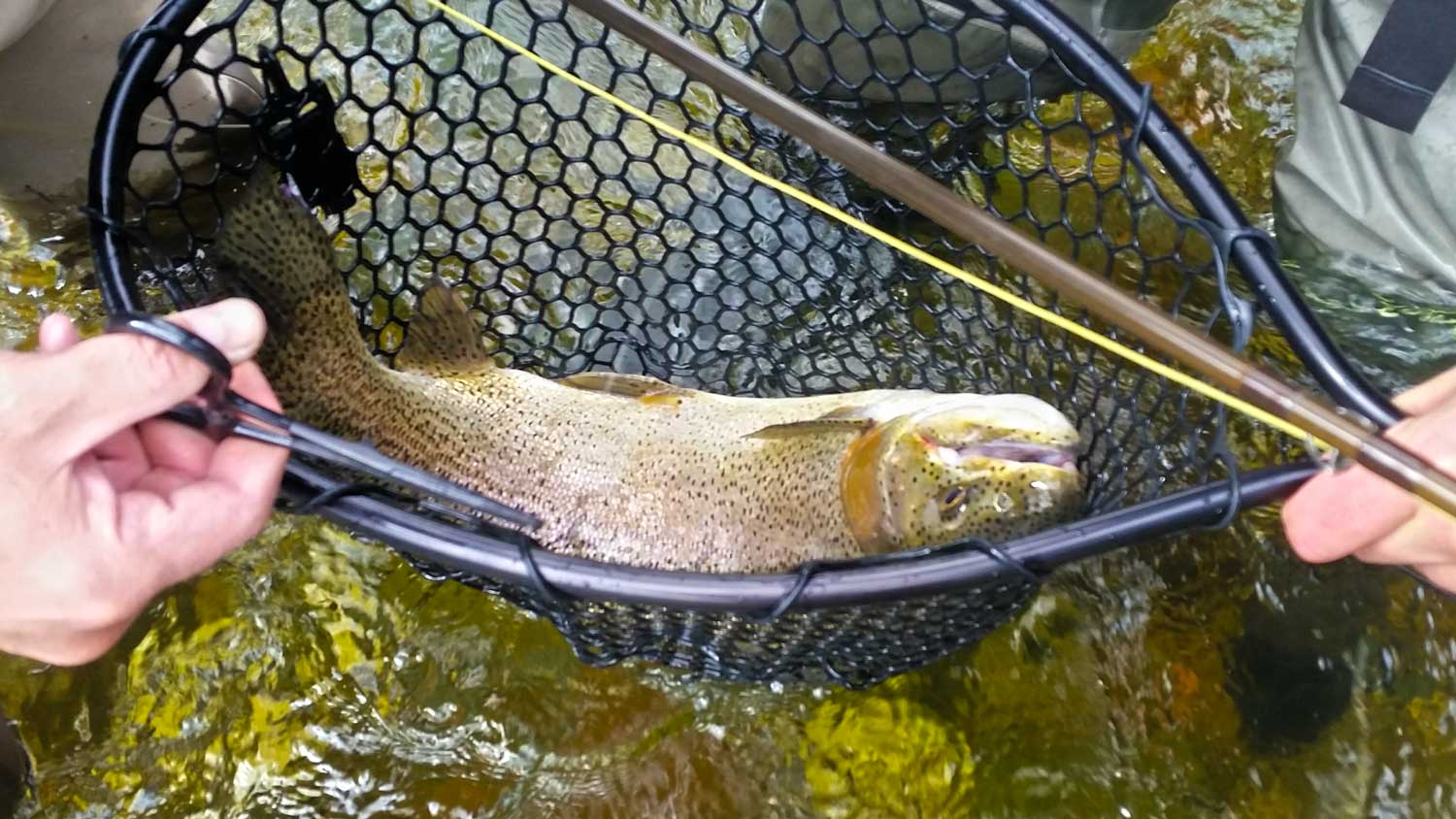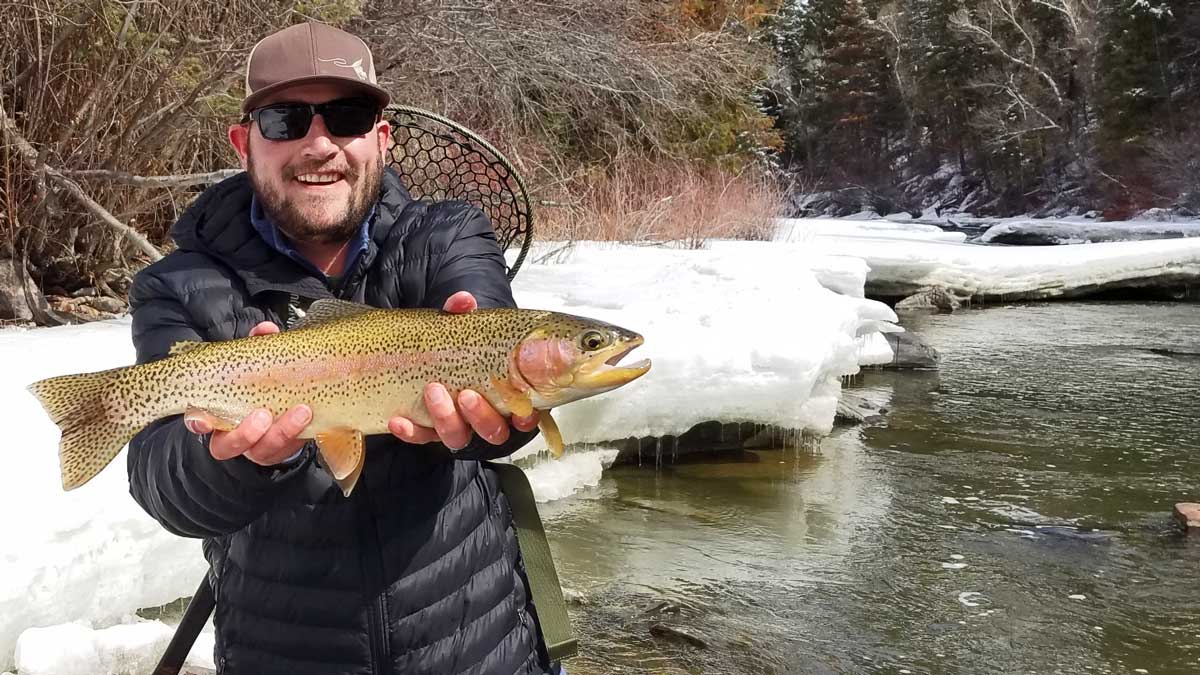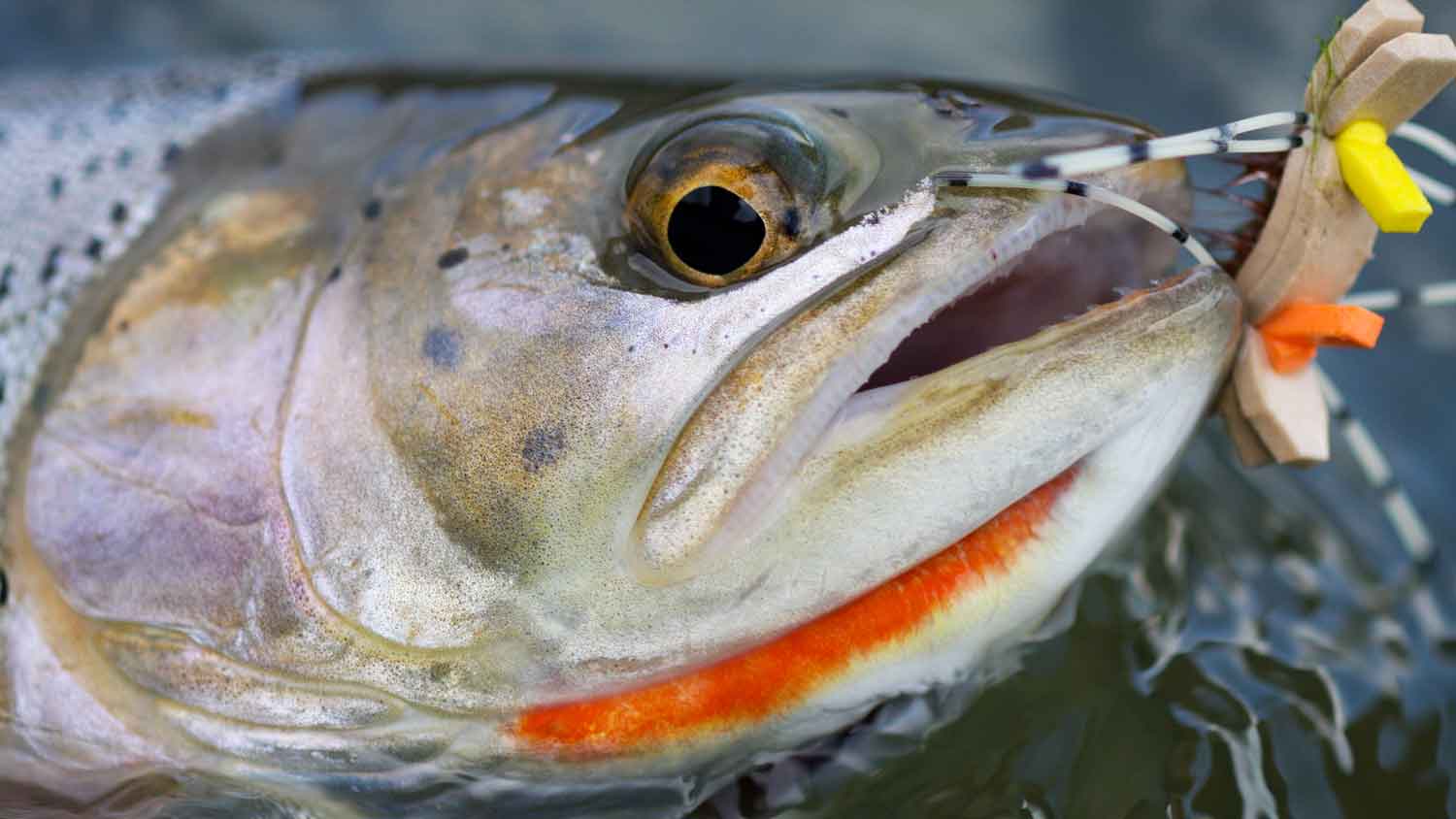
Have you been into fishing for a while, but you want to expand your skills and try a different type of fishing? If so, you should know that many people love to fly fishing for trout. Fly fishing may be something you are interested in as well.
Trout is the name used commonly when describing many different types of freshwater fish. Trout are related closely to Char and Salmon as well. If you live near freshwater, this may be one of the types of fish you want to try catching. However, there are also some trout in lakes too. Remember, though, trout need colder water, so this is where you should be looking. The trout in rivers and streams eat things such as flies, stoneflies, mayflies, and sometimes other types of fish.
Proper Gear
When you go fly fishing for trout, you will want to make sure you have the appropriate gear. You can find some of the best fly fishing kits at Drifthook. Some of the proper equipment you will want to use when fly fishing for trout include the following:
- Fly fishing rod and reel - These are the basic types of gear you will need for fly fishing. There are many types of rods and reels you can use. The first tip for determining what kind of rod and reel you need is to figure out where you will be going fly fishing. Then, you can check out many of the fly fishing kits at Drifthook. The Nymph Frenzy Fly Box is very popular.
- Flies - You will also need flies for fly fishing. Flies are the types of lures you will be used for fly fishing. There are many different types of flies you can get as well. These flies will mimic the kinds of food that trout like to eat. Generally, they are made with natural products such as thread and feathers. You might be used to seeing fly fishers using dry flies. These flies are used when fishing the water's surface. They generally mimic emerging or adult insects. You can get nymph flies as well. These are used for fishing under the water's surface. These are made to mimic nymph-stage and pupal insects. You can get streamers as well. These are made to look fluffy and will mimic different types of fish once they get wet. You can get many kinds of flies depending on what style you would like to fish. Check them out here at our Fly Fishing Systems page.
- Waders and wading boots - You may not always need to get waders and wading boots when you are fly fishing. However, since the trout are generally in the colder water, you will stay warmer if you have these things. You will stay dryer as well since the waders are made to be waterproof.
- Other items - You might need some other things when you are fly fishing as well. You might need a program to teach you how to fly fish. All of our fly fishing kits come with instructional videos and easy reference guides to pick the appropriate fly for any time of year. You can also get indicators to place on your fly line.
Now that you know more about what you need for fly fishing, you might want to know more about when you can fish for trout.
Times to Fish for Trout
The good news is that you can fish for trout all year long. There are different species of trout in different areas of the country. Sometimes certain rivers get too warm for the trout, so they will die off, or go to other areas of the water that might be colder. We have plenty of guides to help you with this process.

Fly Fishing Terminology
If you are going to be an excellent fly fisher, you should also know the lingo. Some of the terminologies you should know about include the following:
- Catch and release - This is quite common for fly fishing. When you catch the fish, you do so quickly. This way you don't exhaust them, and you can put them back in the water after you have reeled in your line.
- Dead drift - When the fly is going across the water's current at just the right time, it looks natural and doesn't cause a disruption in the flow.
- Drag - This is also known as ripping the current. It happens when your fly is going faster or slower than the stream. Your fly will cause ripples to go across the water’s surface.
- Drift - There are four different kinds of drifts. The first is straight upstream from where you are casting. The second is upstream and across the water from where you are casting. The third is downstream and across from where you are casting. The last is straight downstream from where you are standing.
- Eddy - This is a part of the water that isn’t as disturbed as the water surrounding it. Generally, you will find this near the edge of currents or where there are two streams coming together.
- Fingerling - This is an immature, small fish. Generally, this is known as juvenile trout.
- Hatch - A significant number of flies in the same types of species.
- Headwaters - This is a part of the upstream where the main tributaries join the river. It is generally a lot smaller than the main flow of the river.
- Mending line - This method is used after your line is on top of the water and you get a drag-free float. It is when you flip, or do many flips, with the tip of your rod. You will get a horseshoe shape in your line. Mending line slows down your line's traveling speed if you are going upstream and speeds it up if you are going downstream.
- Pool - A part of the stream or river that features increased depths and slower currents. These areas give fish the rest they need from going against the more torrential currents.
- Presentation - This is when you cast your fly onto the water and offer the fly to the trout.
- Setting the hook - This is when you pull your hook into the fish's mouth to place it into the fish.
These are just some of the most common fly fishing terms you might want to learn. But as you continue to fly fish, many more will come up.
Tips on Fly Fishing for Trout
Some suggestions might help you in your hobby of fly fishing for trout. These tips include the following:
- If you're not prepared, you could go days or even weeks without catching fish. But properly education with the Drifthook Fly Fishing System can make every outing a successful one.
- Practice your cast in your yard or an empty park when you can. Learn to fly fish around bushes.
- Get clear indicators to help you see if your nymph fly has set. These will not spook the trout as they look like bubbles under the water.
- Polarized glasses are great for taking the glare off the water and making it easier to hunt down large trout.
These are just some of the essential tips that can help you to start fly fishing and continue enjoying this great hobby as well.
There is so much to fly fishing. You can learn for years to come, but you can start with all of this great information mentioned to you here today. Get out there and start fly fishing for trout. You will enjoy every bit of it, including the learning process as well.
About the Author
Matthew Bernhardt, a third-generation Coloradan, grew up at the forefront of the state’s fly-fishing revolution, enjoying time on the water side by side with experienced guides and lifelong anglers.
By combining his passion for fly-fishing with input from other experienced fly-fishers and guides and his fine arts degree from Colorado State University, Matthew spent five years carefully developing the Drifthook Fly Fishing System, built to help every angler catch more trout.
When he’s not spending time with his wonderful family, you’ll find him out on the water catching MONSTER trout, and he anxiously looks forward to the day when his kids are old enough to join him there.



